Abilene Christian is committed to making the world safer for pollinators by providing native, perennial landscaping that will attract bees, butterflies and hummingbirds. In addition to providing homes for essential pollinators, these plants make our campus more beautiful and serene. Anywhere you walk on campus, from the Lunsford Trail to the Quad, you will see evidence of the thoughtful landscaping that is attractive to both humans and our pollinator friends. Read on for more information about the useful and beautiful plants you’ll encounter on campus.
Making the World Safer for Pollinators
Pollinator Plant Fun Facts

Gregg’s Blue Mistflower
Eupatorium greggi
Native to Texas, this mistflower was named after Josiah Gregg, who documented his travels on a botanical expedition and sent his specimens to the famous botanist, George Engelmen. The American Botanical Society added “greggi” to the scientific names of 23 of his findings in his honor.
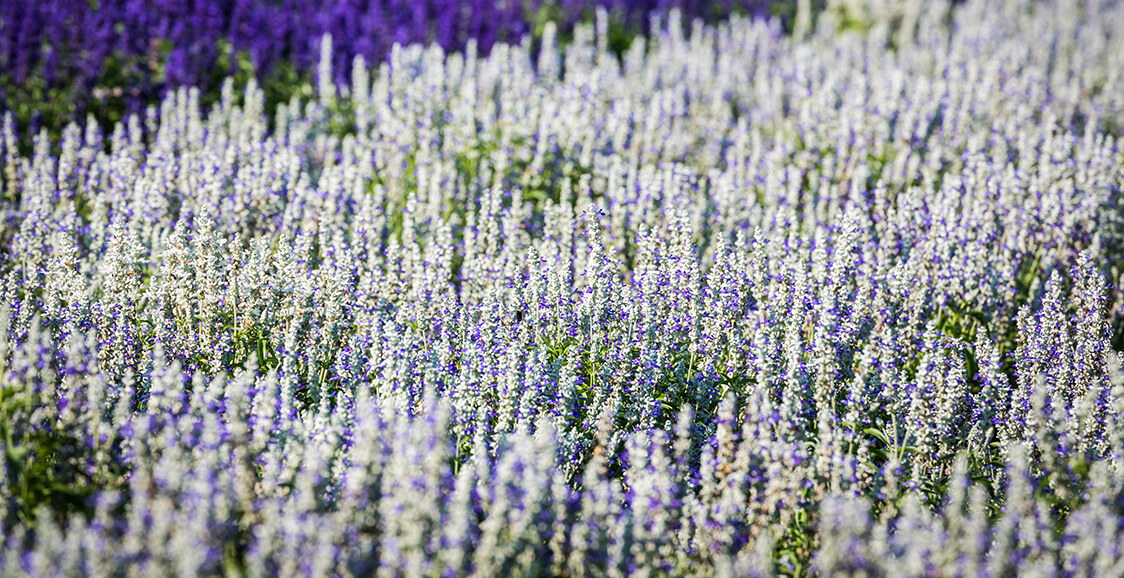
Augusta Duelberg Salvia
Salvia farinacea
Native to Texas, this disease and pest resistant salvia was found by Texas horticulturist, Greg Grant. It was on the gravesite of Augusta Duelberg, who died in 1905, and is therefore named after her.

‘May Night’ Salvia
Salvia sylvestris
This perennial sage blooms from May until August. Butterflies and bees love this pungent smelling plant. Its scientific name comes from “salveo,” meaning “to heal” and “sylvestris,” pertaining to forests.

‘Hot Lips’ Salvia
Salvia microphylla
This plant gets its name from the flowers that, upon inspection, look like a pair of puckered red lips on a white background.

‘Mercury Rising’ Tickseed
Coreopsis
Native to Texas, this cultivar spreads by rhizomes that may be divided in the spring. The name tickseed comes from the seeds, which literally look like a cluster of ticks.

‘Summer Pastel’ Yarrow
Achillea millefolium
Native to North America, Europe, and Asia, the yarrow thrives in moderate temperatures. It is attractive to many species of wasps, butterflies, moths and other insects. It has astringent properties, and Native Americans used it for pain relief for headaches, toothaches and earaches.

Flame Acanthus
Anisacanthus quadrifidus
Native to Texas and Mexico, this plant is also known as Wright’s honeysuckle and is named for Charles Wright, who first collected samples of it in the 19th century.

Angelita ‘Four Nerve’ Daisy
Tetraneuris acaulis
Native to North America, this daisy is a member of the sunflower family. The Hopi Indians used it as a stimulating drink and as a poultice on pregnant women for back and hip pain.

Tropical Milkweed
Asclepias curassavica
Native to the American tropics, this milkweed is a favorite for monarch butterflies. They lay their eggs on the plant, and the caterpillars feed on it. The sap of the milkweed, however, can cause eye injuries for humans.
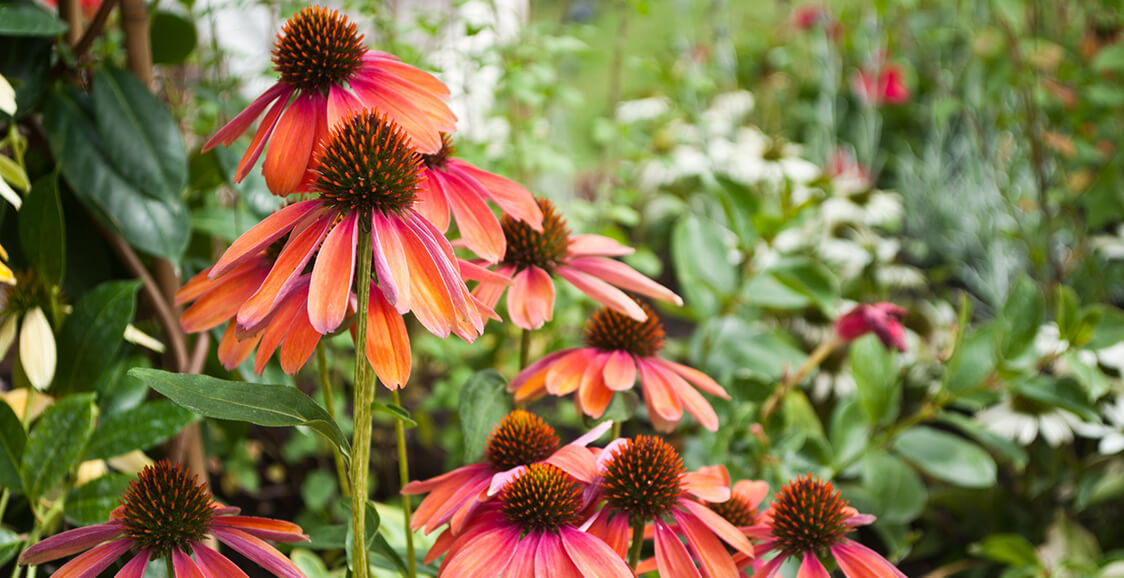
Prairie Coneflower ‘Cheyenne Spirit’
Echinacea
Native to North America and a member of the sunflower family, this coneflower is a cultivar of purple coneflower but provides us with many more color options, such as orange, yellow and red.
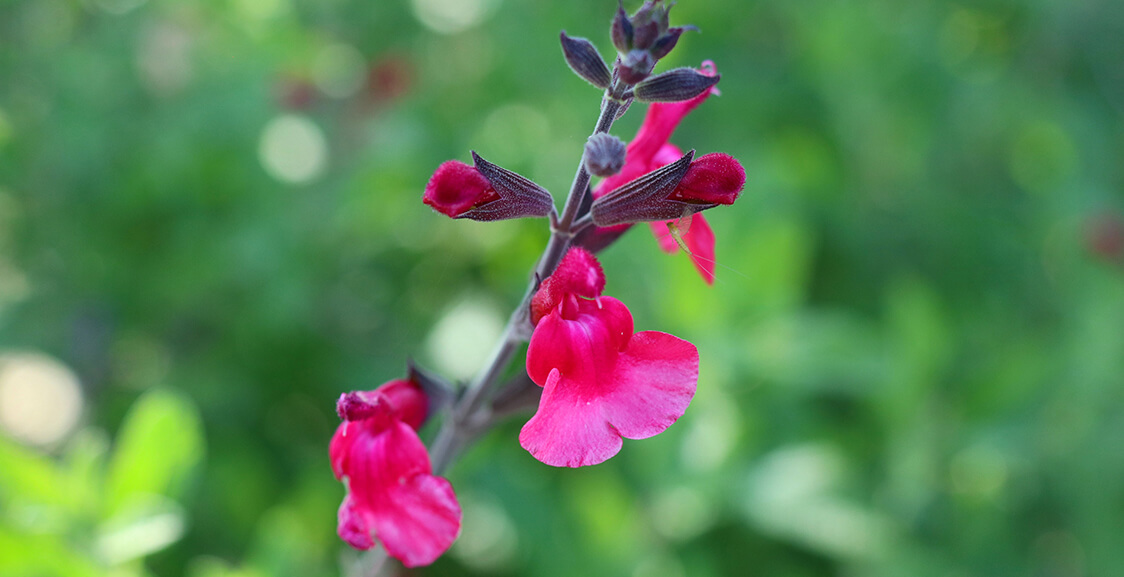
Autumn Sage ‘Sierra Pink’
Salvia greggi
Native to Texas, this salvia is valued for its adaptability to garden soils, very long blooming season, and its attraction for hummingbirds. It is also one of the many plants named for Josiah Gregg.
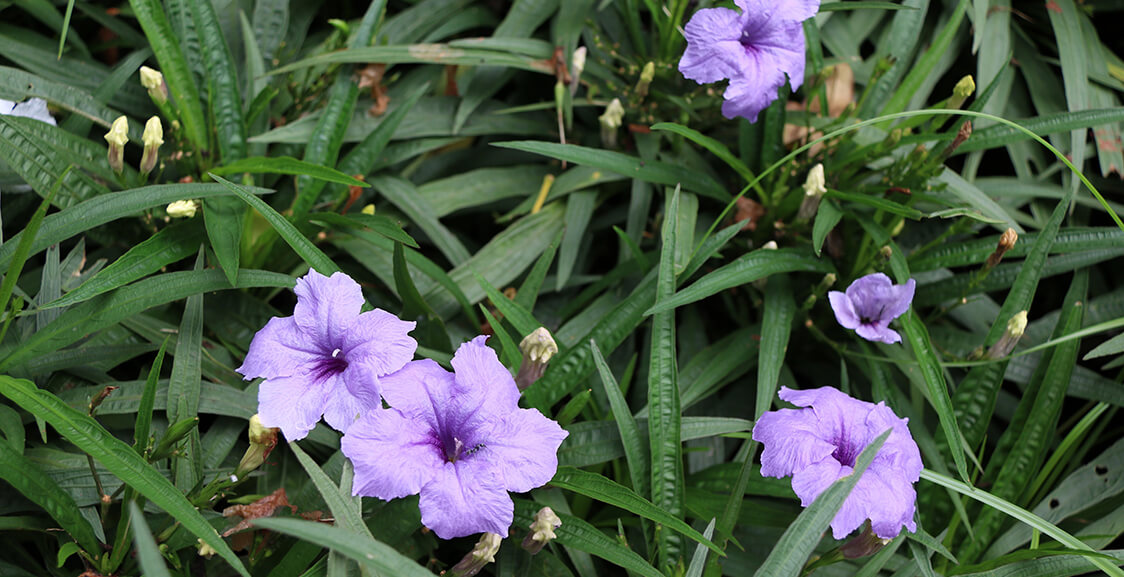
Dwarf Mexican Petunia ‘Katie’
Ruellia brittoniana
Native to Mexico, this small shrubby plant has white, pink or more commonly purple flowers. Bees and hummingbirds find them irresistible, and these plants can be very invasive.

Fall Aster
Symphotricum oblongifolium
Native to North America, this is also called Aromatic Aster. It is a favorite of bees and butterflies and blooms in late summer and fall.

Mealycup Sage
Salvia farinacea
Not as tall as the Augusta or Henry Duelberg salvias, this one has darker purple, spiky flowers. It is also very attractive to bees, butterflies and hummingbirds.
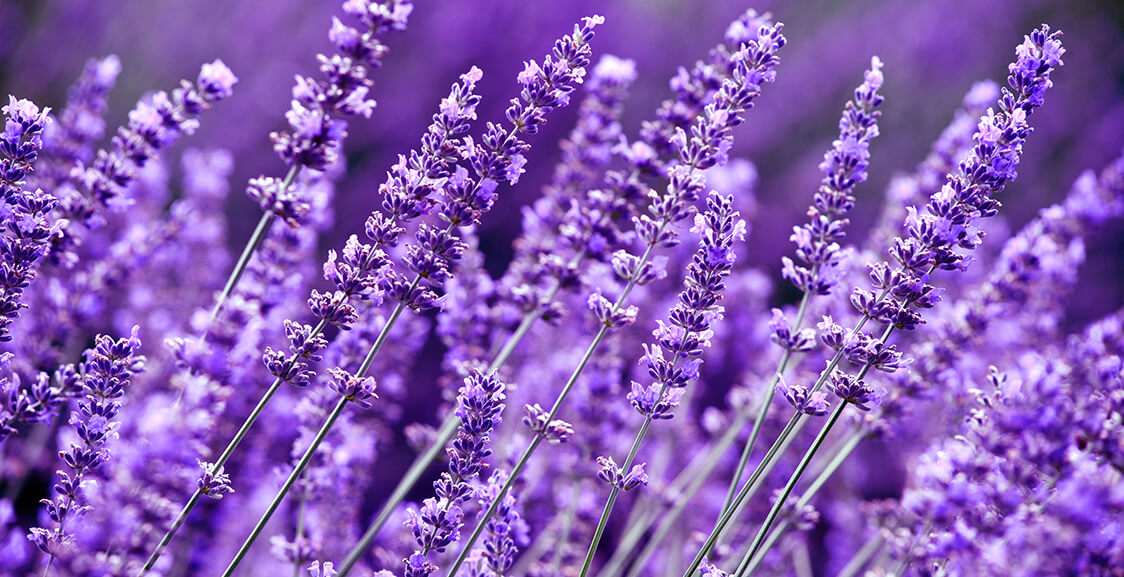
Lavender ‘Phenomenal’
Lavendula intermedia
This is one of the hardiest lavenders in the U.S. and Europe. Lavender is prized for its calming and soothing oil.

Yucca ‘Brakelights Red’
Hesperaloe parviflora
Native to Texas and Mexico, the yucca is heat resistant and drought tolerant. Hummingbirds are drawn to its bright red flowers.

Turk’s Cap
Malvaviscus arboreus var. drummondii
Native to the southeastern United States, this flower gets its name from the shape of its turban-like bloom. Hummingbirds are very drawn to its red color. The primary host of the Turk’s Cap white skipper is a small butterfly.
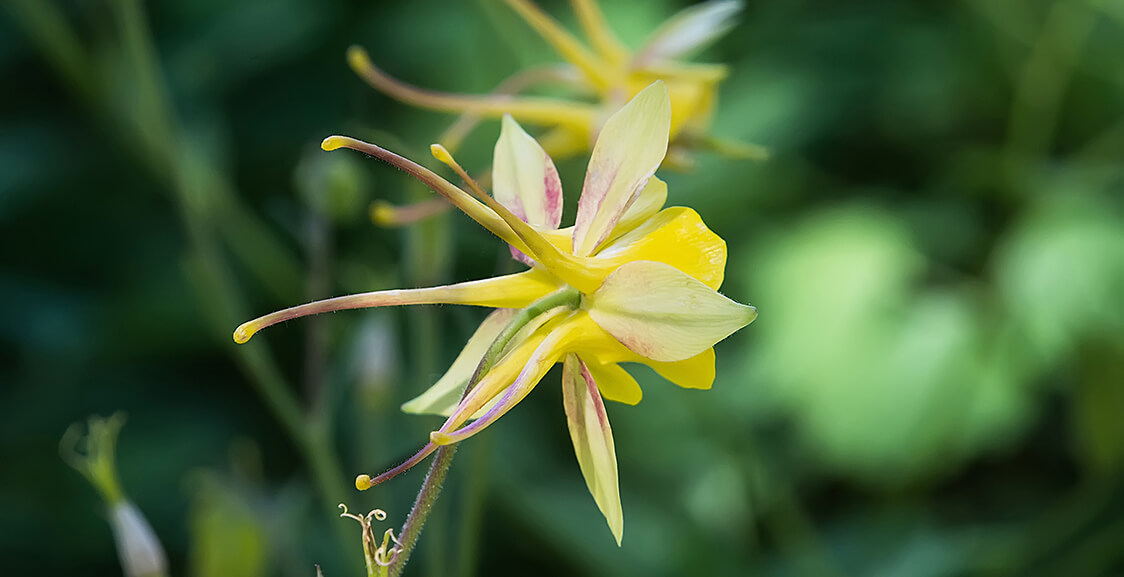
Texas Gold Columbine
Achilegia chrysantha ‘Hinkleyana’
Native to Texas, this is the most heat tolerant of all the columbines. It is also an early bloomer, likes the shade, and has beautiful yellow flowers with lacy foliage.

Mexican Feather Grass
Nassella tenuissima
Native to the southwestern United States and Mexico, this can be a nuisance grass to sheep breeders because its needlelike seeds stick in sheep’s wool.

Autumn Sage ‘Navajo White’
Salvia greggi
Native to Texas, this semi-evergreen and drought tolerant plant is very tough. It comes in a wide variety of colors: pale yellow, orange, salmon, fuchsia, purple, red and burgundy, including some with white variegation of leaves or flowers. This plant is also named for its founder, Josiah Gregg.
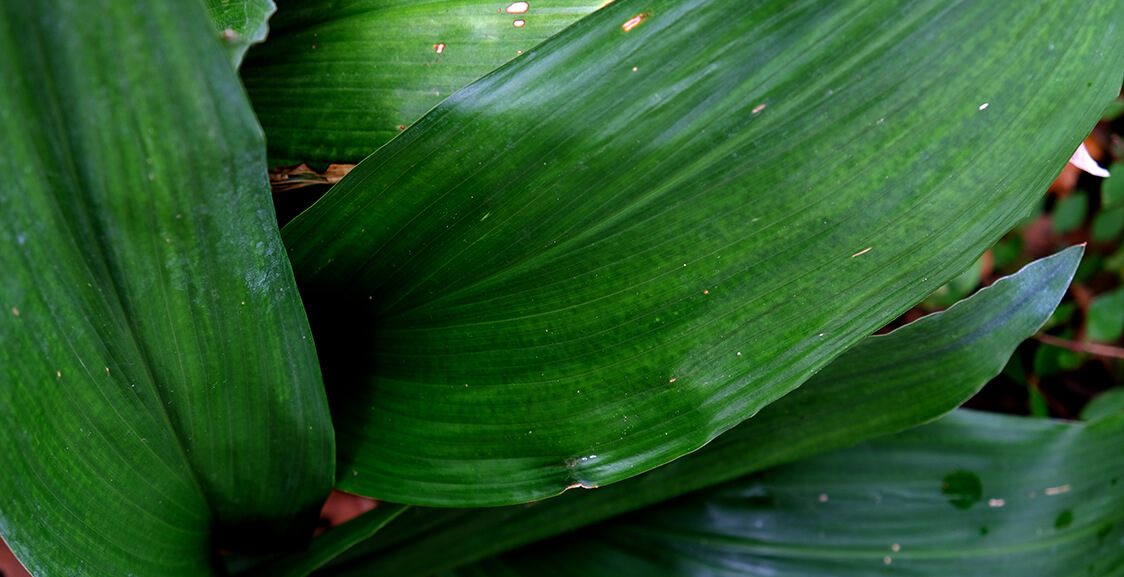
Cast Iron Plant
Aspidistra elatior
Native to China, this plant is a member of the asparagus family and is named for its ability to handle a great deal of abuse. It grows readily in the shade but may die back to the roots during a hard freeze. It is also normally grown as a houseplant.
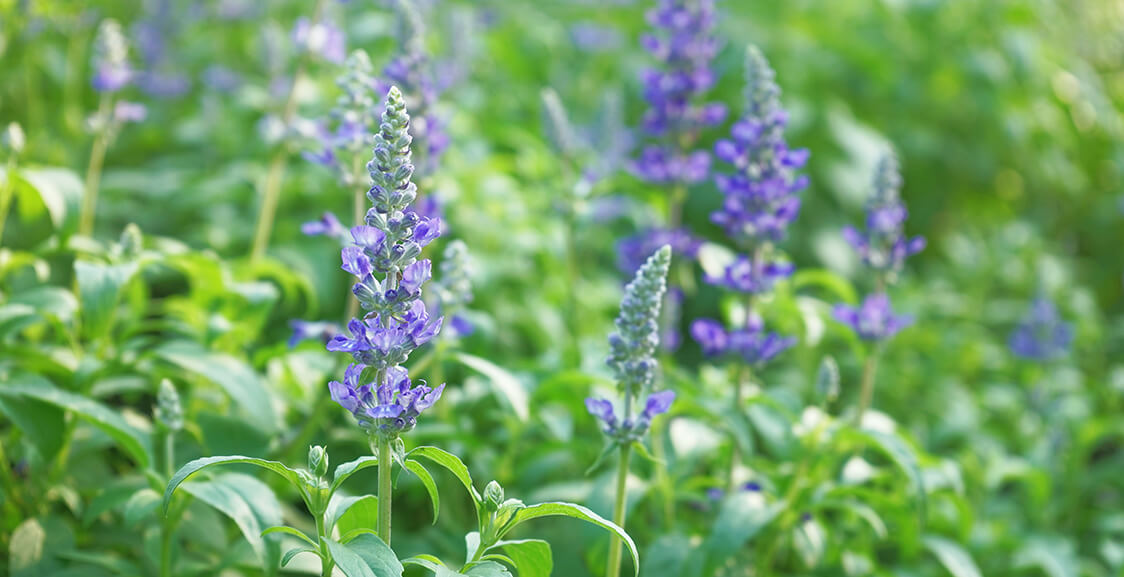
Henry Duelberg Salvia
Salvia farinacea
Native to Texas, this variety of salvia was also named for the gravesite where the plant was found. Texas horticulturist Greg Grant found it on the grave of Henry Duelberg, who died in 1935.
